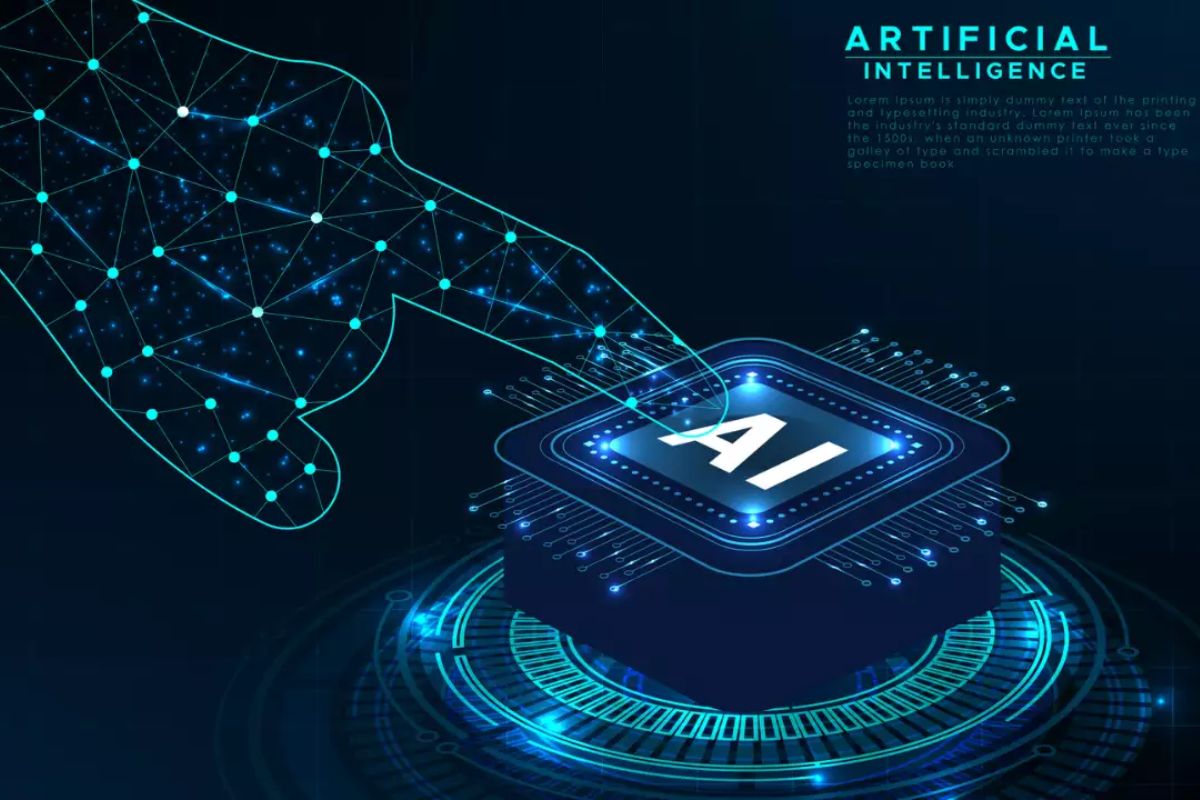- March 22, 2024
IndiaAI: The next steps | The mission outlines plans to build a strong AI ecosystem in the country

India is setting its sights on becoming a major player in AI.
The Union Cabinet’s approval on March 7 on how it will operationalise the IndiaAI Mission shows how serious the government is about making India an AI power. It recognises all the building blocks of an AI ecosystem—computational power, data, algorithms, skills, entrepreneurship, and the approach towards regulating the technology, though the level of details vary.
The financial commitment of Rs 10,372 crore over five years to set up compute infrastructure for access to start-ups and research ecosystem has received plenty of media attention. What has been less commented about is the clarity in the direction of AI research and innovation.
The Action Plan envisages enabling the development of indigenous Large Language Models (LLMs) and domain specific Foundational Models. The current LLMs like ChatGPT, Claude, and Gemini have been developed in English and may not capture the cultural nuances and sensitivities of the Indian context. Development of LLMs in local Indian languages using training data specific to a particular language, culture, and region may better capture the context, expressions, and cultural nuances. This will make the output more relatable and relevant and also useful for a wide range of applications, particularly in areas of administration and service delivery. This would also foster trust in the AI ecosystem. Domain-specific foundational models could be used by both the government and private players to solve critical challenges that are more India-specific, for example, tracking diseases or provision of public services specific to India.
The government has also stated its plan to facilitate access to non-personal data (NPD). While details are awaited, it will need to principally cover two areas. The first part would involve maximising open data (OD). This is open for anyone to access, modification, reuse, and share. The second would deal with implementing frameworks and infrastructure to access NPD.
The government will set up a data platform that will then provide start-ups and research institutions access to NPD. Data.Gov, set up in the US, is an example of open sourcing of data and provides access to approximately 300,000 data sets released by federal, state and local governments and universities. The Indian government could open source some data, especially what may be available within the government machinery such as with stock exchanges, commodity exchanges, in surveys and census, geo-spatial data, and so on.
To access non-OD, data marketplaces are beginning to come up in other jurisdictions. Some of the issues that the government could address as it works on operationalising access to this data are bringing in more clarity with regard to ownership of NPD between the government, the entities collecting the data and the businesses/ individuals whose data is collated. It will also need to incentivise private players to share data and participate in data platforms/marketplaces. Inter-operability is also needed between different systems that have access to data, especially in important sectors like healthcare.
The government could also consider a framework around making available confidential data to private players for AI development, taking a leaf from the proposals in EU. The issue of data sovereignty also needs attention—France and Germany are two countries that are considering implementing sovereign data clouds.
In addition to promoting and facilitating the development and deployment of AI, there is a need for safe and trusted AI. As the government moves forward and brings in amendments under various Acts to regulate AI, it would need to balance the need to prevent public harm without hampering development and innovation.
Regulation and development of AI would also require the creation of institutional capacity within the government. Suggestions have been made about the need to set up a regulatory agency like Sebi for AI. The technology is evolving rapidly and therefore a specialised body with the requisite technical skills that are updated regularly is extremely important. Such a body could prescribe norms for oversight over algorithms to address issues such as unlawful content and standards for inter-operability. It could also be used to implement a “regulatory sandbox” under which a new algorithm can be tested in a controlled environment and policy and regulatory changes needed to deploy such an algorithm can be identified.
The IndiaAI Mission announcement is a welcome step and will help establish a comprehensive ecosystem, catalysing AI innovation through strategic programs and public private partnerships. AI is a strategic technology (with military and economic consequences) and all countries are working furiously to move ahead and develop their own strengths. The speed and effectiveness of implementation will impact India’s technological and economic sovereignty.
Rajnish Gupta, Partner—Economic and Policy Group, EY India penned this piece for Financial Express.
Views are personal and do not represent the stand of this publication.
